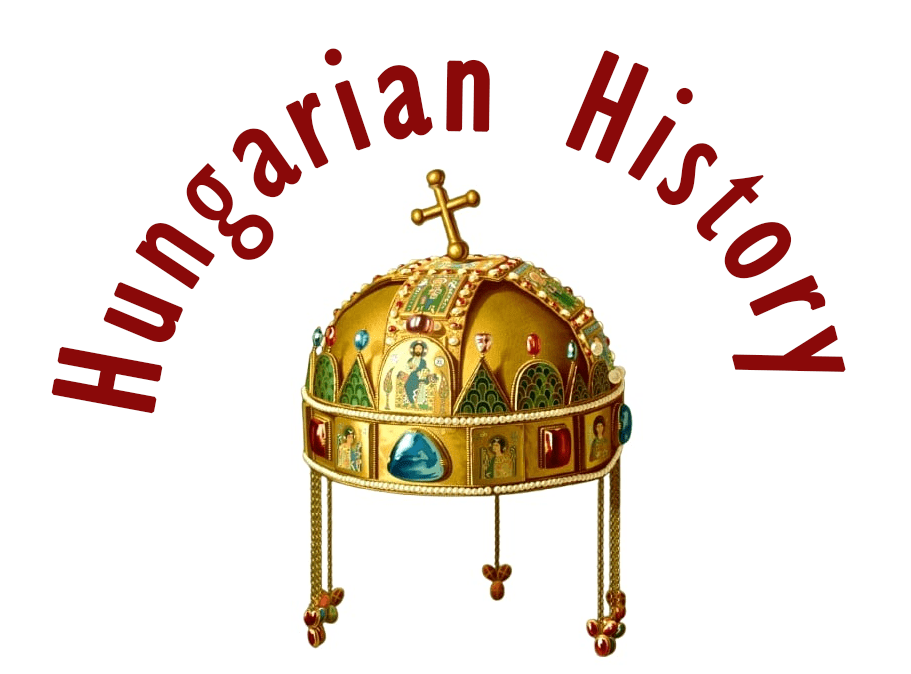Barkó

The armies of King Matthias Corvinus and King Casimir clashed under the walls of Barkó Castle 558 years ago in 1466. King Matthias spent a winter in Barkó (Brekov) castle which can be found in Slovakia, more exactly in the historical region of the Upper Lands / Felvidék / Horná Zem that used to be part of the Kingdom of Hungary. It is part of our common heritage.

The Hungarian Kaplyon Clan obtained great lands in the valley of the Laborc River around 1250 by marriage. They established their domains in the center of Nagymihályi and built two stone castles to defend it during the next decades. Barkó Castle guarded the north while Vinna was built on the southern part. (Please note, I intentionally use the Oriental name order for Hungarians.)

Barkó Castle was mentioned first in 1307 as the property of Jakó and András of the Kaplyon Clan, the ancestors of the Nagymihályi family. Later, the castle and its lands were traded to Baron Péter, son of Petenye, a tyrannic lord whose power was broken in 1317 by King Róbert Károly. The basic fort was enlarged in 1330 and a palace and a lower castle were built. Our Anjou king gifted the castle to his general, Drugeth Fülöp, Comes of Szepes who was allowed to enjoy the profit of the castle’s lands until the death of the king.

The Royal Chamber took the castle back in 1342 but the next year, King Lajos the Great gifted it to the Drugeth family for good. The Drugeth family rebelled against King Matthias and sided with the Polish King Casimir but Matthias defeated them at the castle in 1466. You can read more about the wars of King Matthias Corvinus here:
https://www.hungarianottomanwars.com/essays/king-matthias-at-boroszlo-wroclaw-breslau/

Yet, they had owned it until 1486, then the lands and the castle went to the greatest upstart of the age, the Szapolyai family. After the defeat he received at Tokaj Castle in 1527, King Szapolyai János took shelter in Barkó Castle before fleeing to Transylvania. His rival, the victorious King Ferdinand took the area’s castles. As the Drugeth family pledged fealty to him, he gave them back Barkó Castle.

The situation was difficult because the strategically important town of Kassa (Kosice, Kaschau) was in the hand of King Szapolyai and later in his queen’s, Isabella, between 1536 – 1551 so the landlords in the area were always switching sides, depending on which monarch was stronger momentarily. It was in the hands of the Drugeths in 1558 again but the Imperials destroyed the castle.

Later it was rebuilt, and the Kende family became its owner which was related to the Drugeths. Barkó Castle had never been a too significant fort in the Middle Ages and it has always remained a center of its landlord’s administration. As it was rather far from the bloody battlefields of the Ottoman Occupied Lands, it had no such bastions which were updated to 16th-century warfare.

According to a chronicle from 1567, the elected King János Zsigmond (the son of King Szapolyai), lord of Transylvania besieged and burned the castle of the Drugeth family. The campaigns of the Transylvanian princes led via Barkó Castle during the 17th century. The place belonged to Drugeth Bálint of Homonna, Chief Comes of Zemplén County in 1605. (He was the one who had been appointed as the next Prince of Transylvania in the Last Will of Prince Bocskai István but the noble estates of Transylvania rejected him.)

The army of Prince Bethlen Gábor (1619 – 1623) was going through the area and Drugeth György was hiring Polish and Cossack troops to attack them. The final destruction of Barkó Castle took place on March 1644 when the army of Prince Rákóczi I György besieged and took it, exploding the fortifications and its buildings. Fortunately, only the roofs suffered great damage, the walls and buildings can be seen as two-story-high. Its destruction could not have been fully done because the Polish King Sobieski rested in the castle on his way home from Vienna in 1683.

In 1684 the castle belonged to Drugeth Zsigmond of Homonna, who had left Prince Thököly Imre, but the Kuruc troops of Thököly took it from him. Probably it was ruined at that time. Although some rooms of the castle were inhabited after 1698, they were abandoned in the 18th century. Count Drugeth Vendel (Bálint), titular Chief Comes of Ung County, bishop of Korbávia, abbot of Szentjobb, and canon of Esztergom, died in 1691. The male line of the family died with him. The large estates were acquired by the female heirs, the Bercsényi, Pálffy, Csáky, Zichy and Vandernát families.

In his work describing the Zemplén County, written around 1736, Bél Mátyás mentioned the castle of Barkó (Arx Barkó). According to the entry, the most important part of the castle was destroyed, but what remains still revealed the former grandeur of the castle. According to the latest data, there has been going on a magnificent reconstruction work which deserves our admiration and respect. You can find the page of Barkó Castle’s enthusiasts here:
https://www.facebook.com/brekovsky/?locale=hu_HU

Here you can see a nice aerial video of the castle: https://www.youtube.com/watch?v=hfDaLNobVM0

Here are more pictures of Barkó Castle:




































